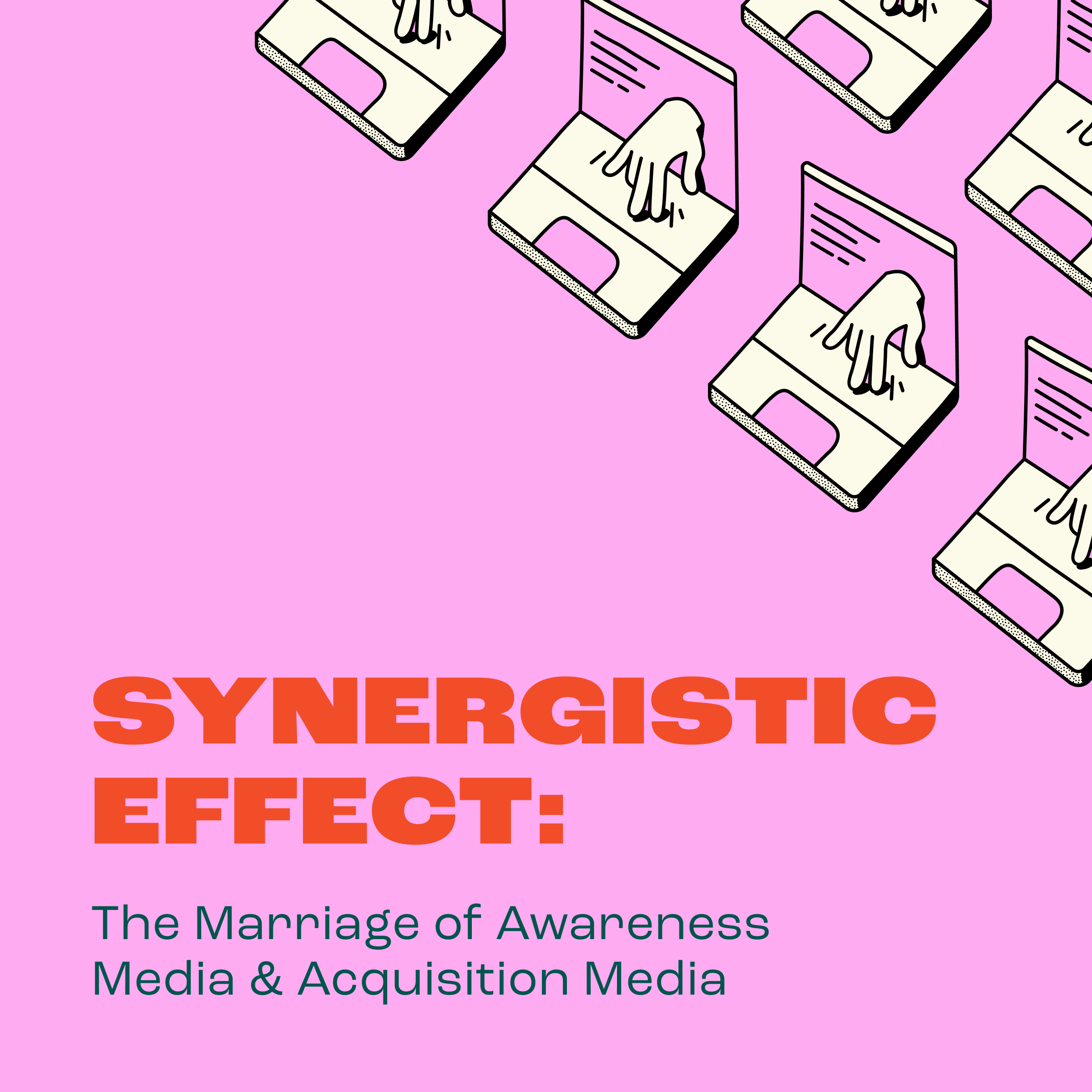Are you a financial institution currently running ads on Facebook? Fair-lending laws may have a significant impact on your social media advertising strategy.
Are your Facebook ads related to credit card offers, auto loans, personal and business loans, mortgage loans, home equity loans, and credit lines? What about forms of insurance, such as homeowners and mortgage coverage?
The Equal Credit Opportunity Act and other fair-lending laws’ application to social media advertising is consistently being debated, but regulators believe they can—and they do—review social media assets in exams. If your company were to undergo an exam, would your creative and social media advertising targeting, among other marketing practices, pass the test? Be sure your company is not unintentionally being discriminatory with your current advertising strategy.

IMPLICATIONS OF FAIR-LENDING LAWS ON SOCIAL MEDIA ADVERTISING
Your website contains a wealth of information for your visitors. It helps them learn more about your brand and the challenges you can help them solve. Ultimately the success of your site may be measured by its ability to deliver a conversion. However, without understanding what actions or paths a visitor takes before they convert, it can be a guess as to which paths lead to successful conversions and which lead to visitors bouncing out of your website.
Therefore, it is vital to understand your website visitors’ non-conversion behavioral data.
USING AN ENGAGEMENT FRAMEWORK TO ASSESS NON-CONVERSION BEHAVIORS
Recently, more and more ads have been disapproved by Facebook due to a change of regulations concerning credit, recruitment, and all things housing related. Banks, insurance companies, and other financial institutions are starting to lose the very thing that made Facebook the right place to advertise: the ability to home in on a specific audience with a specific message, as of August 2019.
Unfortunately, specific targeting in this space, like those around age, gender, multicultural affinity, and zip codes, may be unintentionally falling under discriminatory practices. While your strategy for how you utilize the platform may need to shift, you’ll still be able to target using Facebook’s new Special Ad Audience, similar to its lookalike audience feature, which can no longer be used by companies in this space.
Aside from using Facebook’s new Special Ad Audience as a replacement for their lookalike audience, there’s also a special category for all ads that are promoting credit, housing, and employment. Utilizing this category can help you adhere to the latest rules and regulations in the social media advertising space. Once you’re using the new features, you may realize your targeting needs to change, which will likely impact your creative—potentially not just for your social media advertising. The adjusted role your social media advertising plays in changing your overall marketing plan may mean a review of your typical approach across all media. Consider the impact this latest change on Facebook has on your 2020 planning.
AUDIT YOUR SOCIAL MEDIA AND OVERALL MARKETING PLAN
Getting your social media advertising back on track doesn’t have to be overwhelming. Here are some simple suggestions:
Educate: Whether you work with a trusted partner on your advertising or run everything in-house, be sure everyone is up to speed on the rules and how to effectively use the new tools within Facebook.
Evaluate: Look at your current marketing plan and creative through the lens of your new target audience. What messages and imagery will connect given the shift?
Edit: Make changes to your current plan and creative based on the new audience and plan of action.
Expand: Consider using the new rules as a reason to expand your audience on social media. How can reaching a larger, less focused audience on Facebook benefit your plan? And how will you reach more targeted audiences now that you are limited on Facebook?
A change in the advertising rules may be a blessing in disguise, offering your team and/or agency partner a chance to take a step back, think strategically about your ads and their audiences, and realize new potential. In this fast-moving digital era, marketers must be vigilant and fine-tune their strategies on the fly. This will ensure your business will remain competitive, resilient, and successful in the face of change.


